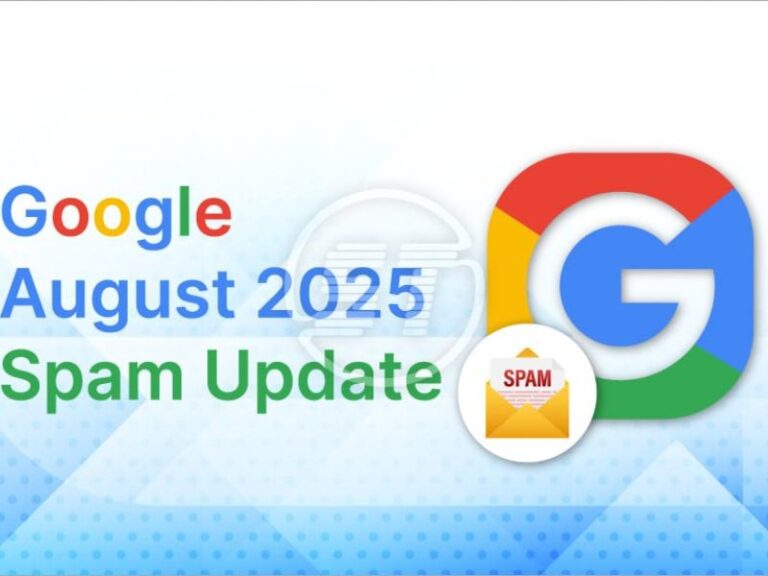In the ever-changing digital landscape, one question keeps website owners awake at night: Is Google quietly killing your website traffic? For many, the numbers are telling an alarming story. Organic visits are declining, search visibility is shrinking, and once-thriving content seems to vanish into the abyss of search results. But is this intentional? Or is it just the nature of SEO’s constant evolution?
Let’s break down what’s happening, why it might be affecting your site, and—most importantly—what you can do to fight back.
Key Takeaways
-
Google’s changes—like zero-click searches, AI overviews, and more ads—are reducing organic clicks.
-
Algorithm updates and SERP features increasingly favor large brands.
-
Not all traffic loss is Google’s fault; competition and outdated content also play roles.
-
To adapt, focus on featured snippets, brand-building, traffic diversification, and E-E-A-T principles.
-
The future of SEO may shift from pure click-counting to visibility and brand impact.
The Shifting Role of Google
Once upon a time, Google was the friendly search giant that connected users to the best possible answers on the web. If your content was good, relevant, and optimized, you could expect steady (and often growing) traffic.
However, in recent years, Google’s role has shifted. Instead of simply acting as a gateway, it has increasingly started providing the answers directly on its own platform. These changes have been subtle yet powerful, and they’ve altered the way people find and consume information.
Are You Experiencing a Traffic Drop?
Before sounding the alarm, it’s essential to confirm whether your site is actually experiencing a significant drop. Common symptoms include:
-
Fewer organic visits despite publishing new content.
-
Declining rankings for keywords you once dominated.
-
Lower click-through rates (CTR) from search results.
-
Traffic fluctuations that don’t match seasonal trends.
If you’ve noticed these patterns, it’s time to dig deeper into possible causes.
Why Google Might Be Quietly Stealing Your Clicks
While “killing” might sound dramatic, Google’s evolving search experience has undeniably reduced the number of clicks going to external websites. Here are some of the main culprits:
1. The Rise of Zero-Click Searches
Zero-click searches are results where users get the information they need without leaving Google. Examples include:
-
Direct answers in featured snippets.
-
Knowledge panels.
-
Weather updates.
-
Currency conversions.
-
Quick definitions.
In these cases, Google effectively keeps the user on its platform, meaning your content might still appear—but without driving actual traffic to your site.
2. AI Overviews and Generative Search
With the introduction of Google’s AI Overviews and generative search features, users can now see condensed, AI-generated summaries of answers right on the results page. While convenient for searchers, this innovation can cannibalize clicks that would otherwise go to well-researched articles.
3. Increased Ads and Paid Placements
Google’s search results are showing more ads than ever before—sometimes pushing organic results far down the page. Even if your ranking hasn’t dropped, your visibility above the fold might have.
4. SERP Features Favoring Big Brands
Larger sites with established authority often dominate Google’s new search layouts, appearing in top stories, video carousels, and “People also ask” sections. This leaves smaller sites fighting for the few organic clicks that remain.
5. Algorithm Updates
Every time Google rolls out a core update, certain sites experience dramatic shifts in traffic. These updates target spam, low-quality content, and sites that don’t align with evolving search intent. But sometimes, even high-quality publishers get caught in the shuffle.
The Psychology Behind Google’s Changes
Google’s main goal is to improve user experience—at least from its perspective. By keeping users on the search results page longer, it can:
-
Provide faster answers.
-
Control the accuracy and trustworthiness of information.
-
Increase ad revenue.
While these motivations make sense for Google, they can be devastating for website owners who rely on organic clicks for revenue, lead generation, or audience growth.
Is It Just Google, or Is It You?
Not every traffic decline is Google’s fault. Here are some other factors to consider:
-
Competition: New players in your niche might be out-ranking you.
-
Content Quality: Outdated or thin content can slip in rankings.
-
Technical SEO: Slow load times, broken links, or poor mobile optimization can hurt visibility.
-
Shifting User Intent: If your content no longer aligns with what searchers want, you may lose relevance.
How to Survive (and Thrive) in This New Era
If you suspect Google’s changes are affecting you, here’s how to adapt:
1. Optimize for Featured Snippets
Instead of fighting against snippets, try to own them. Create concise, well-structured answers to common questions in your niche. Use clear headings, bullet points, and straightforward language.
2. Invest in Brand-Building
When users know and trust your brand, they’re more likely to click through—even if you’re not the top result. Build authority through:
-
Consistent publishing.
-
Thought leadership pieces.
-
Social media engagement.
3. Diversify Traffic Sources
Don’t rely solely on Google for traffic. Explore:
-
Email marketing.
-
Social platforms like LinkedIn, Instagram, or X.
-
YouTube for video content.
-
Partnerships and collaborations.
4. Publish Original Research
Data-driven content and original research often earn backlinks and citations, which can improve rankings and authority.
5. Double Down on E-E-A-T
Google’s Experience, Expertise, Authoritativeness, and Trustworthiness guidelines are more important than ever. Show real credentials, cite reliable sources, and display transparency in your content.
6. Embrace Video and Multimedia
Videos, podcasts, and infographics can appear in multiple SERP features, increasing your visibility and engagement.
What the Future Might Hold
It’s unlikely that Google will reverse its focus on keeping users within its own ecosystem. In fact, with AI integration expanding, we may see fewer clicks going to traditional blue links over time.
The future of SEO might require a shift toward visibility metrics—how often your brand appears in results—rather than just click-based metrics.
Common Myths About Google Traffic Loss
Let’s debunk a few misconceptions:
-
Myth 1: Google Hates Small Websites – While larger brands often dominate, small sites with niche expertise can still rank well.
-
Myth 2: AI Will Kill SEO Entirely – SEO will evolve, but keyword targeting, content quality, and technical optimization will still matter.
-
Myth 3: Once Traffic Drops, It’s Gone Forever – Recovery is possible with strategic adjustments.
A Realistic Approach
Instead of viewing Google as an enemy, think of it as an evolving partner with shifting priorities. By understanding those priorities, you can create strategies that work with the platform rather than against it.
This may mean:
-
Accepting fewer clicks but better-qualified leads.
-
Tracking engagement beyond just traffic numbers.
-
Using SERP presence to build brand recognition.
Final Thoughts
So, is Google quietly killing your website traffic? In some ways, yes—especially if you define success purely by the number of organic clicks. However, by adapting to the changing search environment, diversifying your traffic sources, and building a recognizable brand, you can not only survive but thrive.
Google isn’t the end of your traffic story—it’s just the latest chapter.






